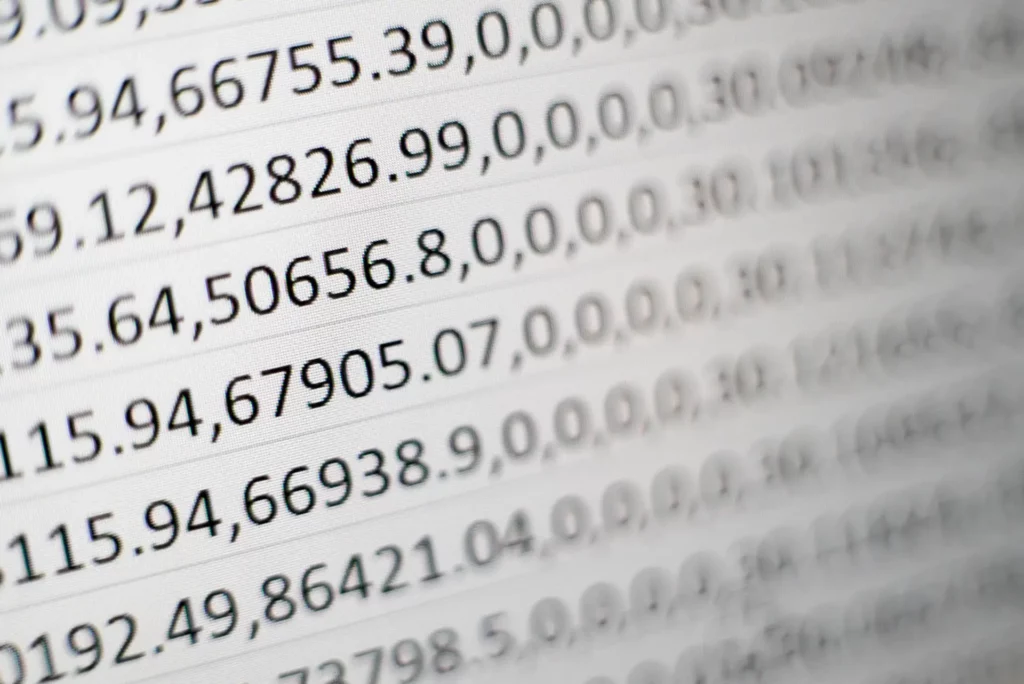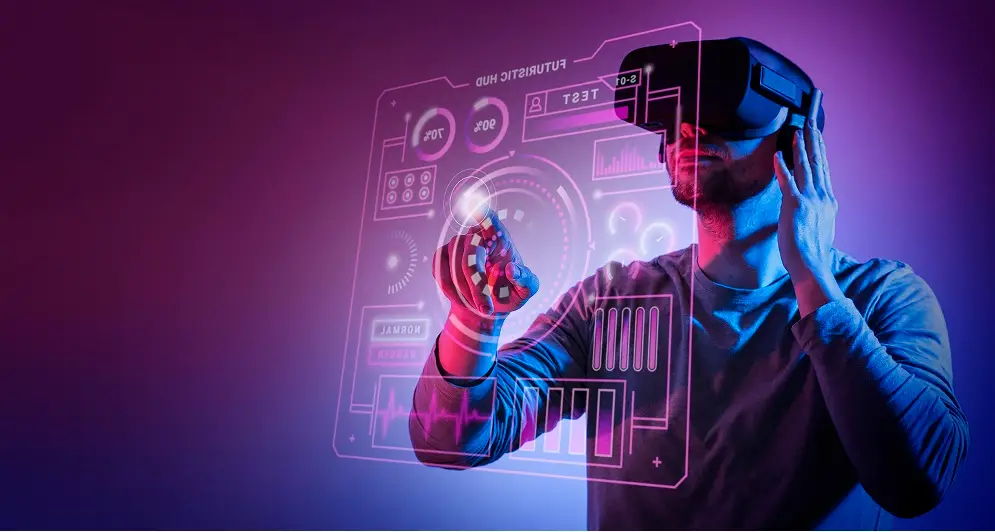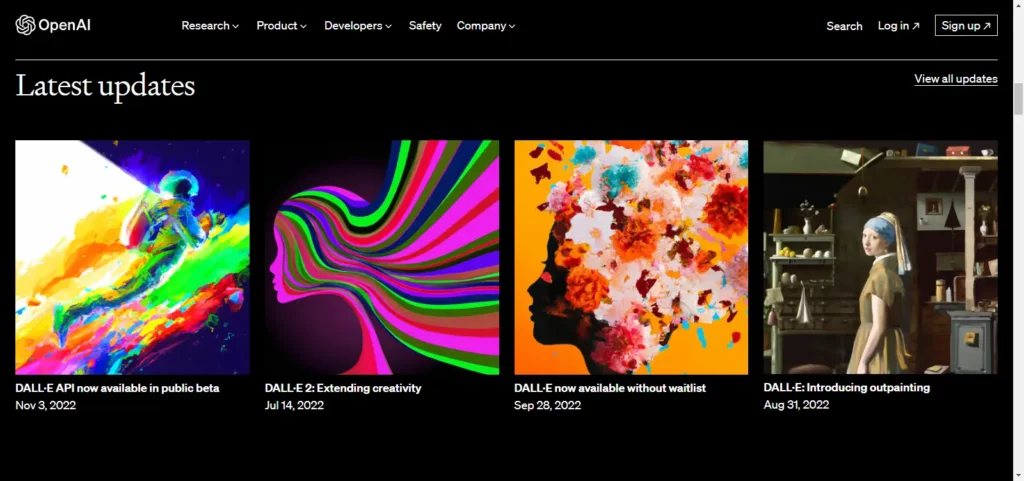Automatic Learning (Machine Learning) and deep Learning have emerged as a revolutionary discipline in Artificial Intelligence. Technological advances, access to large volumes of data, and computational processing capacity have driven its development.
Historically, the traditional programming approach was based on creating explicit algorithms to perform specific tasks.
However, this methodology had limitations in situations where recognition of complex patterns or adaptation to changes in the input data was required.
Due to changes, it is increasingly necessary to have training that allows workers to become professionals capable of implementing Artificial Intelligence and using data to improve decision-making within a company.
Thanks to ISDI’s Master in Data Analysis and Artificial Intelligence, students will acquire all the necessary skills to face a new business ecosystem in which to work with issues such as machine learning on a day-to-day basis.
What is Machine Learning?
Automatic Learning or Machine Learning is a subcategory of Artificial Intelligence that is directly related to the possibility that specific machines can develop pattern recognition and have the ability to learn continuously thanks to the reception of data, making adjustments without it. A detailed schedule has been established for this.
The process by which automatic Learning is governed is similar to that done in data mining since it seeks to find patterns in the data. Data mining and machine learning differ in how they work. Machine learning takes things further by changing its actions based on what it learns. This helps it get better over time as it knows on its own.
Types of Machine Learning

Although the use of machine learning and deep Learning can be done in different ways, we differentiate between two types of Machine Learning:
Supervised Machine Learning
Supervised Machine Learning is a type of Machine Learning. In this kind, the data scientist acts as a teacher, giving directions to the algorithm about the conclusions to come to. It’s the most commonly used type.
Unsupervised machine learning.
In this type of Machine Learning, the approach is much more independent. The computer learns to recognize complicated processes and patterns on its own. It doesn’t need constant guidance from a human. This Learning is trained through the data and does not have labels or a specifically defined result.
What is Deep Learning?
Deep Learning is indeed a subfield of Artificial Intelligence. It teaches training computers to handle data like the human brain’s processing. Through this model, it is possible to recognize complex patterns in images, text, audio, and sounds… so that the ability to generate accurate information and predictions is trained.
Thanks to Deep Learning methods, tasks requiring human intelligence can be automated, from describing an image to transcribing text from a sound file.
Deep Learning Examples
Deep learning has many uses and is currently being used in different fields. You can find it in industries like cars, airplanes, and medical research.
In the case of autonomous cars, thanks to Deep Learning, learning learned to detect traffic signs and pedestrians.
In defense issues, deep learning helps to find and mark areas of interest in images captured by satellite.
Thanks to deep learning, it has been possible to automatically detect cancer cellLearningrform medical diagnoses in the medical sector.
In the business environment, chatbots and virtual agents can already process a text creaLearninguman beings and provide an answer or solution to their problems.
Neural Networks, One More Step in Deep Learning
Neural networks are like the foundation of deep learning methods. They’re called “neural” because they’re modeled after how our brains are structured. These computer-based networks try to copy how real neurons work and talk to each other in our brains.
The neural network is formed through layers of nodes with an input layer, intermediate layers, and an output layer. Each node is connected to another and sends data to it if activated, depending on the data type it has received.
For this type of network to work, training is necessary to make it learn and improve its precision. It is an important tool for the development of Artificial Intelligence.
What Differentiates Machine Learning from Deep Learning?
Both machine learning and deep learning are derivatives of Artificial Intelligence, although in the case of Deep Learning, this is a subtype of the former. Both are learning algorithms, and their goal is to get a resulLearningepends on the data they work with.
However, what differentiates these two concepts is how they learn. While Machine Learning requires human help to tell algorithms how to learn, Deep Learning can automate the learning process, so it requires much less human intervention. In the same way, the latter allows the use of a more extensive data set.
As you have observed, knowing new technologies is fundamental in a large part of the sectors and their progress as trends in AI. For this reason, moving forward and acquiring solid foundations will be relevant for your professional career.




